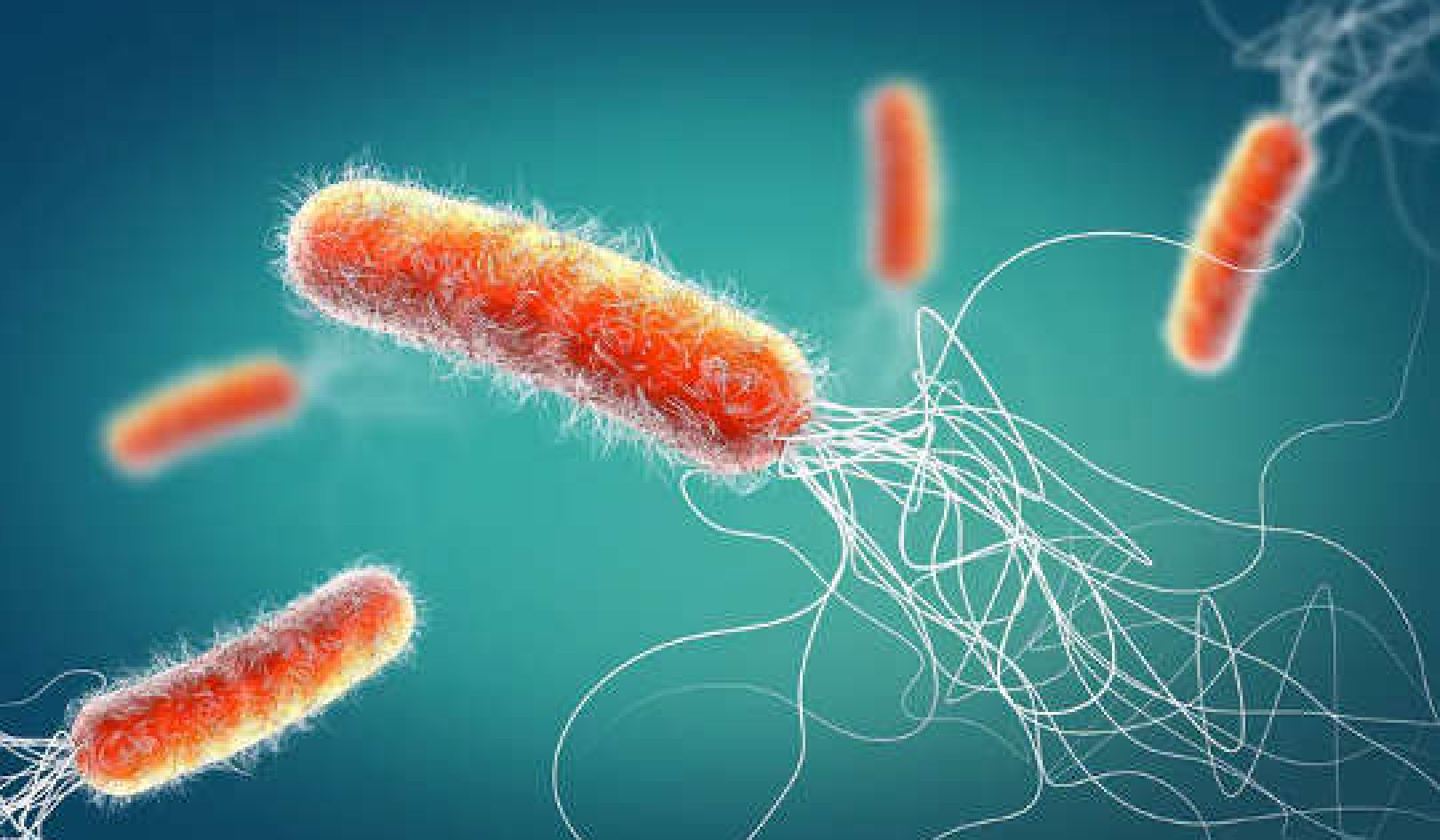
The new system generally gives higher scores to fruits, vegetables and minimally processed foods. RapidEye/iStock via Getty Images Plus
Many people aim to start the year off with healthier food choices. But how do you choose between seemingly similar foods, snacks or beverages? How does a bagel with cream cheese compare to toast topped with avocado, for instance? Or a protein-based shake compared to a smoothie packed with fruits? Or two chicken dishes, prepared in different ways?
As nutrition scientists who have spent our entire careers studying how different foods influence health, our team at Tufts University has created a new food rating system, the Food Compass, that could help consumers and others make informed choices about these kinds of questions.
Food rating systems explained
Many such systems exist and are widely used around the globe. Each one combines facts about different nutritional aspects of foods to provide an overall measure of healthfulness, which can be communicated to consumers through package labels or shelf tags. They can also be used to help guide product reformulations or socially conscious investment goals for investors.
Examples of common systems include Nutri-Score and Health Star Rating – widely used in Europe, the U.K., Australia and New Zealand – and “black box” warning label systems, which are increasingly used throughout Latin America.
Get The Latest By Email
All such food rating systems have strengths and limitations. Most aim to be simple, using data on just a few nutrients or ingredients. While this is practical, it can omit other important determinants of healthfulness – like the degree of food processing and fermentation and the presence of diverse food ingredients or nutrients like omega-3s and flavonoids, plant compounds that offer an array of health benefits.
Some systems also emphasize older nutrition science. For example, nearly all give negative points for total fat, regardless of fat type, and focus on saturated fat alone, rather than overall fat quality. Another common shortcoming is not assessing refined grains and starches, which have similar metabolic harms as added sugars and represent about one-third of calories in the U.S. food supply. And many give negative points for total calories, regardless of their source.
Millions of Americans are overweight yet undernourished.
Enter the Food Compass
To address each of these gaps, in 2021 our research team created the Food Compass. This system assesses 54 different attributes of foods, selected based on the strength of scientific evidence for their health effects. Food Compass maps and scores these attributes across nine distinct dimensions and then combines them into a single score, ranging from 1 (least healthy) to 100 (most healthy). It incorporates new science on multiple food ingredients and nutrients; does not penalize total fat or focus on saturated fat; and gives negative points for processing and refined carbs.
We have now evaluated 58,000 products using Food Compass and found that it generally performs very well in scoring foods. Minimally processed, bioactive-rich foods like fruits, veggies, beans, whole grains, nuts, yogurt and seafood score at the top. Other animal foods, like eggs, milk, cheese, poultry and meat, typically score in the middle. Processed foods rich in refined grains and sugars, like refined cereals, breads, crackers and energy bars, and processed meats fall at the bottom.
We found Food Compass to be especially useful when comparing seemingly similar food items, like different breads, different desserts or different mixed meals. Food Compass also appears to work better than existing rating systems for certain food groups.
For example, it gives lower scores to processed foods that are rich in refined grains and starch and to low-fat processed foods that are often marketed as healthy, like deli meats and hot dogs, fat-free salad dressings, pre-sweetened fruit drinks, energy drinks and coffees. It also gives higher scores to foods rich in unsaturated oils, like nuts and olive oil. Compared with older rating systems, these improvements are more aligned with the latest science on the health effects of these foods.
We also assessed how Food Compass relates to major health outcomes in people. In a national sample of 48,000 Americans, we calculated each person’s individual Food Compass score, ranging from 1 to 100, based on the different foods and beverages they reported eating.
We found that people whose diets scored higher according to Food Compass had better overall health than those with lower scores. This includes less obesity, better blood sugar control, lower blood pressure and better blood cholesterol levels. They also had a lower risk of metabolic syndrome or cancer and a lower risk of death from all causes. For every 10-point higher Food Compass score, a person had about a 7% lower risk of dying. These are important findings, showing that, on average, eating foods with higher Food Compass scores is linked to numerous improved health outcomes.
Fine-tuning
While we believe Food Compass represents a significant advance over existing systems, more work is needed before it can be rolled out to consumers.
As one step, we’re investigating how the scoring algorithm can be further improved. For example, we’re considering the most appropriate scoring for food items like certain cereals that are high in whole grains and fiber but are also processed and have added sugar. And we’re looking at the scoring of different egg, cheese, poultry and meat products, which have a wide range of scores but sometimes score a bit lower than may make intuitive sense.
Over the coming year we will be refining and improving the system based on our research, the latest evidence and feedback from the scientific community.
Whole grains are much better for you than refined grains.
In addition, more research is needed on how a consumer might understand and use Food Compass in practice. For example, it could be added as a front-of-pack label – but would that be helpful without more education and context?
Also, while the scoring system ranges from 1 to 100, could it be more accessible if scores were grouped into broader categories? For instance, might a green/yellow/red traffic light system be easier to understand?
And we’re hoping that future Food Compass versions might contain additional criteria to filter foods for people who follow special diets, such as low-carb, paleo, vegetarian, diabetic-friendly, low-sodium and others.
The big picture
Food Compass should not be used to replace food-based dietary guidelines and preferences. Raspberries and asparagus score really well – but a diet of only these foods would not be very healthy. People should seek a balanced diet across different food groups.
To help, Food Compass may be most useful to compare similar products within a food group. For example, someone who prefers eggs for breakfast can look for higher-scoring egg dishes. Those preferring cereal can look for higher-scoring cereals. And even better, Food Compass can help people add other highest-scoring foods to their plate – like veggies and healthy oils to eggs, and fruit and nuts to cereal – to increase the overall health benefits of that meal.
To make use by others as easy as possible, we’ve published all the details of the scoring algorithm, and the scores of the products evaluated, so that anyone can take what we’ve done and use it.
Stay tuned – as we complete additional research, we believe Food Compass will become an important tool to clear up confusion in the grocery store and help people make healthier choices.![]()
About The Authors
Dariush Mozaffarian, Dean of Friedman School of Nutrition Science and Policy, Tufts University; Jeffrey B. Blumberg, Professor Emeritus in Nutrition Science and Policy, Tufts University; Paul F. Jacques, Professor of Nutrition Science and Policy, Tufts University, and Renata Micha, Associate Professor in Human Nutrition, Tufts University
This article is republished from The Conversation under a Creative Commons license. Read the original article.
books_food







